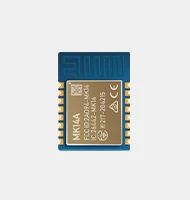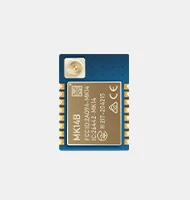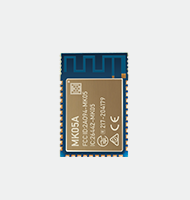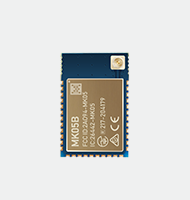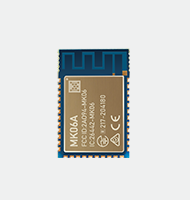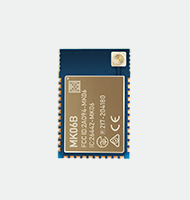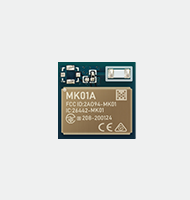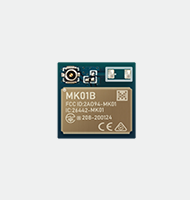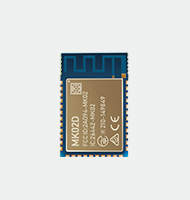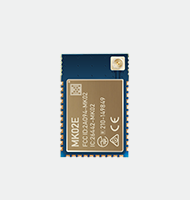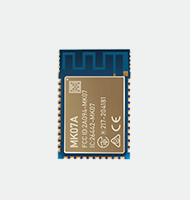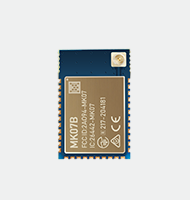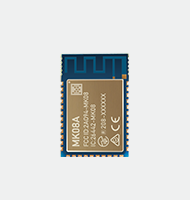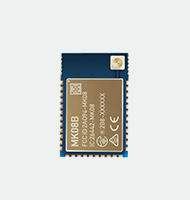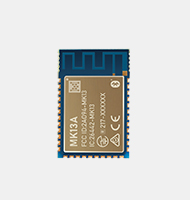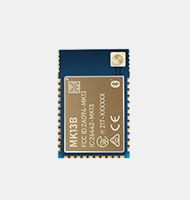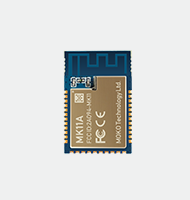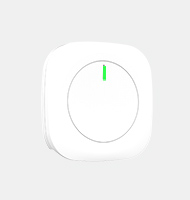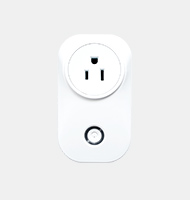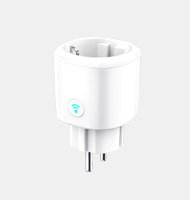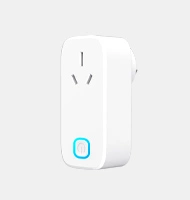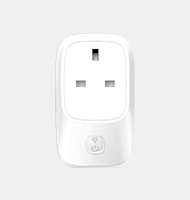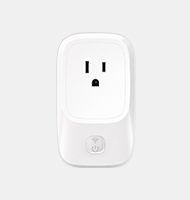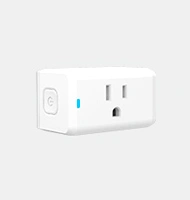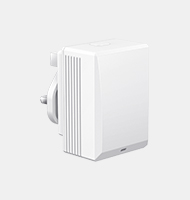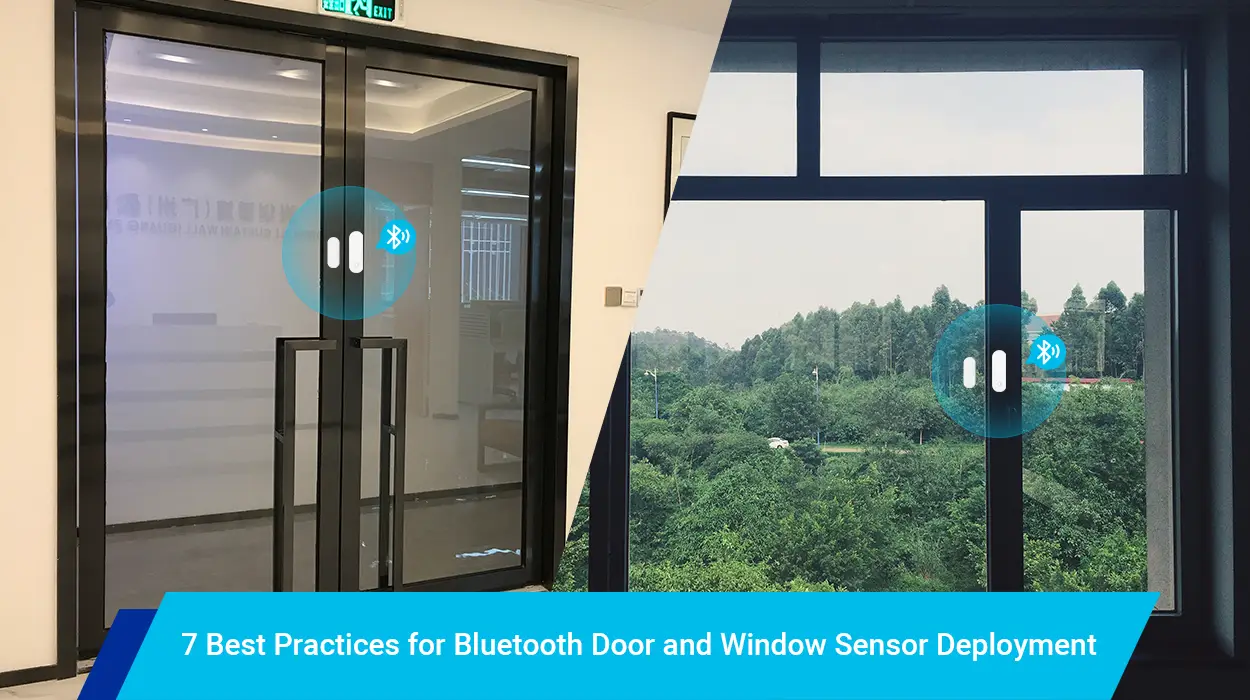Since Apple released iBeacon at WWDC in 2013, more and more marketers regard Apple Bluetooth beacon solution as an important part of the digital marketing budget. Near-field communication technology has contributed to a huge development space for market development. iBeacon devices have been the most popular in the retail space and are being utilized by other verticals. Until July 2015, Google launched Eddystone, a low-power beacon protocol similar to iBeacon in functions and other aspects, which had a huge impact on the beacon industry and also gave Ibeacon a certain strike on its market expansion and development.
The evolution of the Google Bluetooth beacon hasn’t been a complete success. Although google Eddystone provides a cross-platform and app-independent platform, we haven’t seen any major updates announced or heard of any serious Eddystone deployments until January 2016, With the Nearby API, which is closely integrated with the Eddystone protocol, and then the launch of the Android Instant app, we’ve seen Google rapidly move Eddystone forward to make the physical web a reality.
Apple, as the earliest company to launch beacon protocol, had already dominated the beacon market in the early days. Apple Bluetooth beacon protocol led the development direction of proximity marketing, and Apple had enough opportunities to enhance and improve this technology. But at several WWDC events, we can see that Google has taken an almost hands-off approach to support development, with very few updates to iBeacon, and Apple didn’t even mention Apple Bluetooth beacon during its 2016 WWDC keynote speech.
In this post, we’ll discuss in detail the latest updates from Apple and Google to the beacon frontier, and which of these two giants will dominate the neighborhood marketing industry in the future.
Comparison table:Apple Bluetooth Beacon vs Google Bluetooth Beacon
| Apple Bluetooth Beacon | Google Bluetooth Beacon | |
| Year of Lanch | 2013 | 2015 |
| Specification | It is a proprietary software controlled by Apple. | It’s an open source project hosted on GitHub |
| Advertising method | Advertises Major/Minor codes and UUIDs to devices nearby | Physical Web Beacon sends URLs |
| APP | Need APP downloaded to receive signal | App is not required |
| Notification | Actively notify users | Don’t actively notify users |
| Product | iBeacon app can be downloaded in the Apple Store | Was originally called a Google project rather than a Google product |
| APIs | iBeacon doesn’t have special beacon APIs. | Eddystone can function only with Bluetooth® API for iOS or Android |
| Security | No EID, the signal transmitted by a beacon is a public signal and can be detected by any iOS device | Eddystone received a security upgrade with the launch of the Ephemeral ID (EID) |
The creation of the Apple Bluetooth beacon ecosystem
Apple Bluetooth beacon is a convention built on the Bluetooth Low Power (BLE) standard, and its ecosystem development was influenced by several major events announced by Apple:
1. iBeacon support is integrated into its mobile operating system (iOS), so that the API is available to developers at any time.
2. Support background notifications at the operating system level without draining a lot of phone battery
3. Hardware manufacturers are enabled to create iBeacon compatible hardware by the certification program from Google.
4. Enable every iOS device to scan Ibeacon.
5. Download iBeacon in the App Store
The only update about Apple Bluetooth beacon at WWDC 2016
Though Apple didn’t mention iBeacon in the WWDC 2016 keynote speech, a new policy has been added to its “Mobile Device Management (MDM)” policy. MDM allows businesses to trigger settings changes when iphones and ipads are in or out of range of beacons. All of this is changing in the latest version of iOS.
![]()
In 10 of the iOS, apple under the MDM introduced a new strategy key called “allow Bluetooth Modification”, which can be set to true or false. Once this key is set to false, the user will not be able to turn off Bluetooth when the device allows modification of the Bluetooth setting mode, and will always be notified when the device is in beacon range to trigger the change of policy settings on the device. This represents a dramatic change in the way ipads and iPhones are managed, as brands are allowed to specify certain policies based on proximity.
Creation of the Google Bluetooth beacon ecosystem
Google adopted a different approach to approach users, which had a huge impact on the marketing of the Apple Bluetooth beacon. There’s a project called Google Physical Web lanced In October 2014, which provided a link to technical details on Github and was positioned as “interaction on demand.”
Google’s approach differs from Apple’s in a few ways:
• Google Bluetooth beacon was originally called a Google project rather than a Google product
• This is an open-source project hosted on GitHub
• It is an open standard, unlike Apple Bluetooth beacon which is controlled by one company, Apple
• It’s Web-centric, which means Physical Web Beacons send URLs while iBeacon advertises Major/Minor codes and UUIDs to devices nearby
• It doesn’t actively notify users
How does Google’s Eddystone lead the way
It’s reported that the gap between google Eddystone and apple iBeacon is rapidly closing, with 45% of proximity marketing companies supporting google Eddystone as of Q1 2016.
One of the main factors driving this disruption is Google’s ability to provide an ecosystem of innovation by tightly integrating Eddystone with other products such as Google Maps. However, Google launched Eddystone in the beacon market two years later than Apple Bluetooth beacon, so it is not an overnight thing to seize the market from Apple iBeacon. As a result, google made a series of updates to Eddystone that paved the way for Google to become a leader in neighboring marketing:
(1) Launch Chrome support for Eddystone on Android
With Android accounting for 80 percent of the smartphone market, late support for URLs on Android proved to be one of the main factors preventing many enterprises and businesses from adopting Eddystone. That changed in 2016 when Google released Chrome support for Eddystone on Android. This version enabled an additional 800 million users to interact seamlessly with the beacon – a number so large that it has played an important role in its widespread adoption beyond early adopters since then. According to the relevant data, more than half of the 400 million beacons will use google Eddystone in 2020.
(2) The launch of the EID upgrade the security of Eddystone
Considering that beacons’ security and privacy concerns have been one of the major barriers to the adoption of beacons in the consumer market, Google announced EID in March 2016. Eids offer a secure environment for beacons so that information can be sent to users and then users can be enabled to communicate with them. The core of EID is basically an encrypted ID that self-destructs after a given period of time (1s~9h). Hence, a hacker can’t accurately spoof the beacon location when multiple beacons are used.
(3) Google Maps uses beacons to support targeted advertising
In an effort to drive online search to in-store purchases, Google announced that beacon technology will be used to support targeted messages and ads. For instance, when a consumer types “coffee near me” into the Google Maps app search bar, the business that paid for the AD will appear first in the search results. The addition of beacons will allow Google Maps to serve ads on a user’s mobile device based on their proximity and location to the targeted stores and advertisers. With an estimated 30 percent of Google’s monthly searches tied closely to location, the strategy of integrating mobile ads with the direction of physical stores via Google Maps could be just the perfect location-based marketing technique that businesses have been looking for for a long time.
(4) Launch the Google Nearby feature to work with the Android Instant app
The announcement of “Android Instant Apps” in Google I/O 2016 means that Android apps are allowed to run instantly without the need to install them, which has already caused quite a stir since its debut.
For instance, brands can utilize Android Instant Apps, allowing users to instantly launch their apps and find the items they are looking to buy in the store with no need to install a shopping app. All retail brands have to do is update their existing applications and modularize them. When complete, Google Play will download only those parts needed to give users instant access to certain up-close features. Without having to install an application.
In addition, Google has launched Nearby Notifications, which is a feature used to suggest contextual apps or mobile websites to the user as per their current location. For example, suppose the user happens to be at a museum that provides information about the museum’s exhibits on its app and uses nearby notifications to inform the user of the audio tour feature on the app. The feature has since been deactivated due to numerous complaints from users.
The final verdict
Given that Google’s Eddystone adoption rate has skyrocketed, and Apple hasn’t announced any major updates to iBeacon, Apple may need an imminent campaign.
On the other hand, Google has been busy focusing all of its efforts on enhancing the neighborhood experience for users and is quickly working on integrating the Eddystone protocol with other services to offer more value.
But the real game changer is the physical network. By giving the browser the ability to detect and control various BLE devices, the Physical Web is fast achieving Google’s goal of creating a network that responds to the physical world. Google seems to be absolutely ahead on proximity marketing, while Apple lags far behind.
If you’re wondering whether to choose a Google Bluetooth beacon or an Apple Bluetooth beacon, you’re in the right place. We will help you choose the most suitable protocol according to your needs, and we can also customize the scheme suitable for your project. Moreover, the beacon we developed is compatible with Eddystone and iBeacon. Contact us to learn more!
